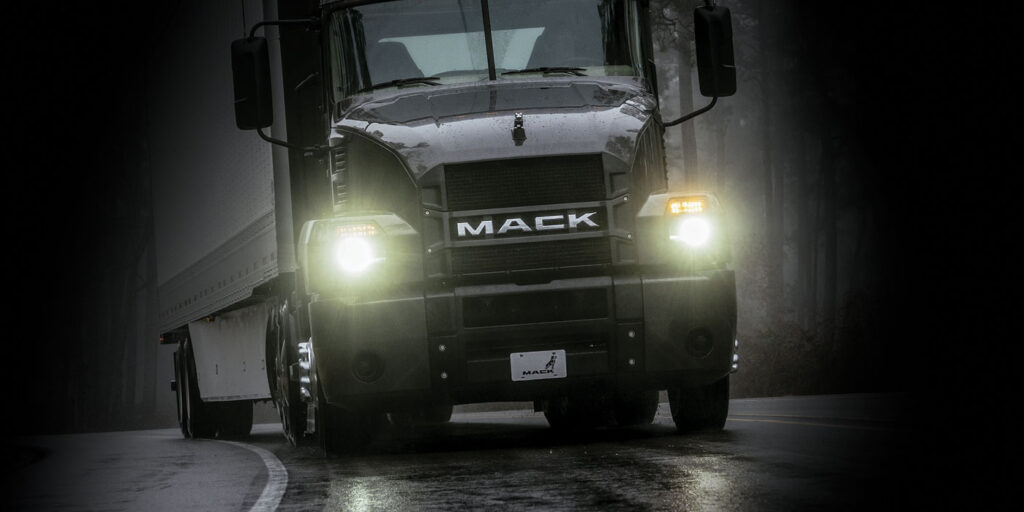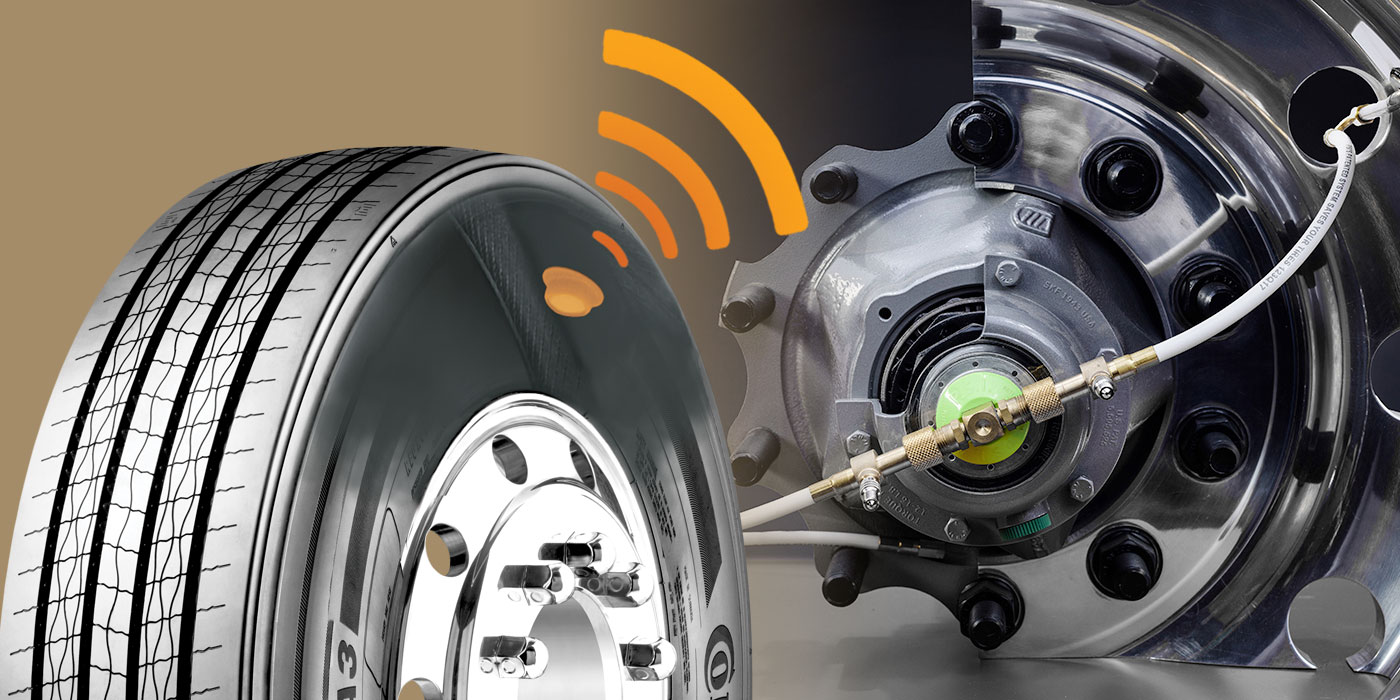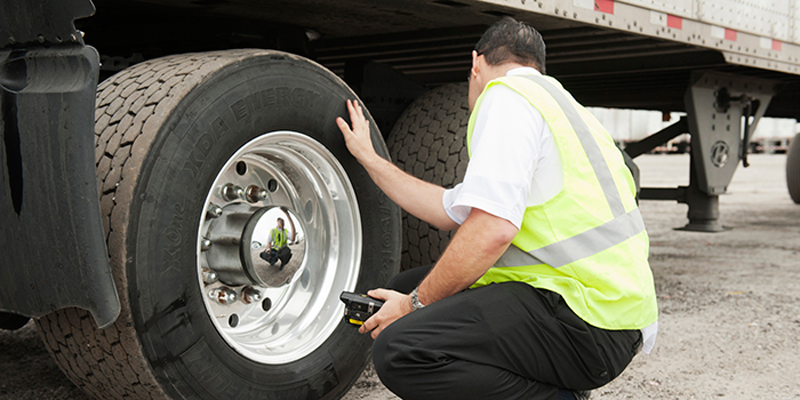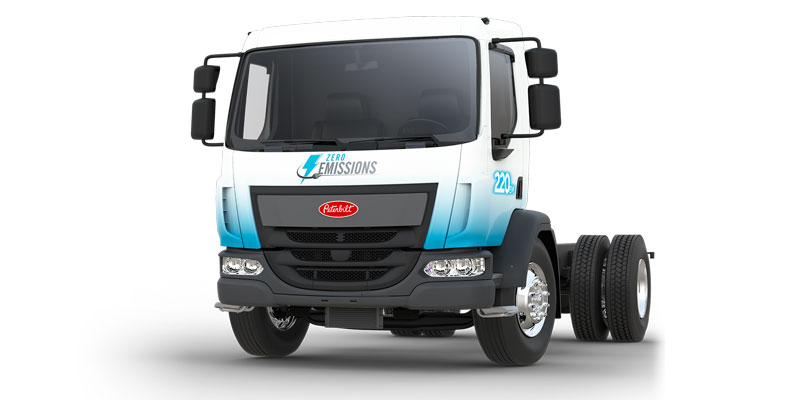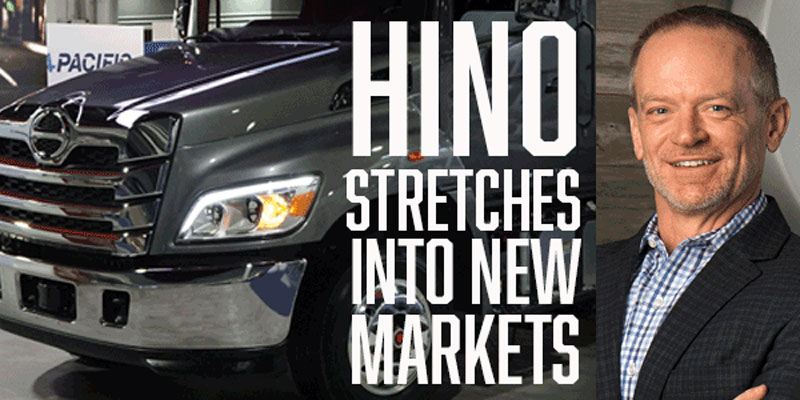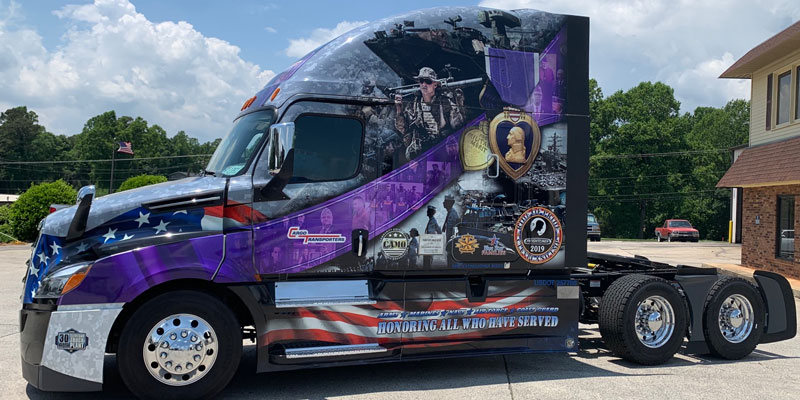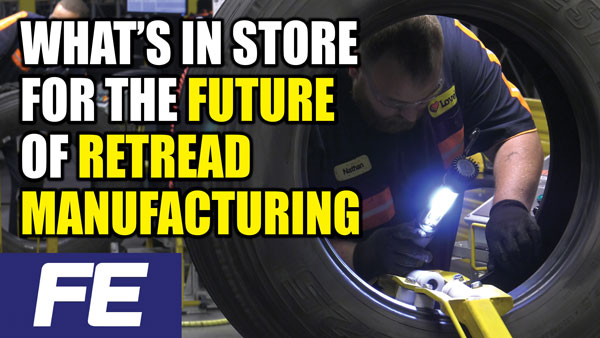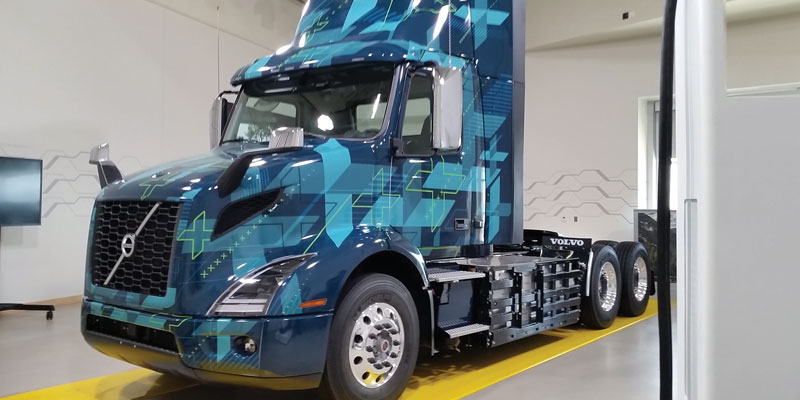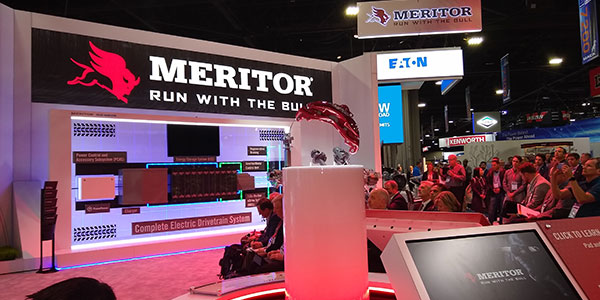If you’ve ever visited the Northeast region of the country, you’ve most likely encountered intimidating terrain. The winding roads. The steep hills. The intricate routes that challenge any seasoned driver, and, most recently, advanced cruise control systems that aim to improve fuel efficiency and driver comfort.
Cue Mack Predictive Cruise Control with Econo-Roll, a standard feature which is now available on all Mack Anthem and Mack Pinnacle models. By utilizing systems within the Mack mDRIVE automated manual transmission (AMT), GPS, driver speed, engine load and terrain, Mack Predictive Cruise analyzes and retains road conditions for future trips.
This system communicates with the transmission whenever cruise control is set. When initiated, the system analyzes and saves the knowledge of all hills and road topography. The travel history allows for the most optimal gear to be used and, in turn, saves on fuel while climbing up or coasting down the road.
This is usually the time people start asking “What’s the catch?” To be honest, there really isn’t one. The transition from previously used technologies to Predictive Cruise is, for the most part, seamless from the driver’s point of view, according to Stu Russoli, highway product manager, Mack Trucks. The only difference one might experience is while driving uphill.
“If the truck knows it will be able to crest the hill without a downshift because the vehicle has traveled that route before, it will not downshift and may slow down or slightly lug the engine,” Russoli said.
While this technology assists and enables autonomous vehicles, it is not autonomous itself. Therefore, factors such as weather, traffic pattern or construction are not monitored by the system and cruise control is deactivated when the brakes are hit.
“If the driver is using Adaptive Cruise Control linked to Bendix Wingman Fusion and the Adaptive Cruise Control slows the truck, Predictive Cruise may be affected, but it will still be active and working to do its job,” he said.
He explained that Predictive Cruise is primarily used on highway trucks, as opposed to vocational, since over-the-road applications are more targeted toward fuel economy. The implementation of this technology is, as explained by Russoli, a low- hanging fruit that some companies are not aware of. By making it standard on all highway models, Mack continues to improve fuel savings.
“In 2020, we announced that Mack was adding factory-installed FlowBelow drive axle fairings, and in 2021, our Next Generation MP8HE engine improvements increased fuel efficiency by an additional 3%,” Russoli said. “Last year, we also updated the day cab roof fairings to improve aerodynamics by another 2%, and we added a factory-installed IdleFree Battery APU for sleepers.”
The improved fuel economy from Mack Predictive Cruise shows just how efficient a system can be when it truly works smarter, not harder.

